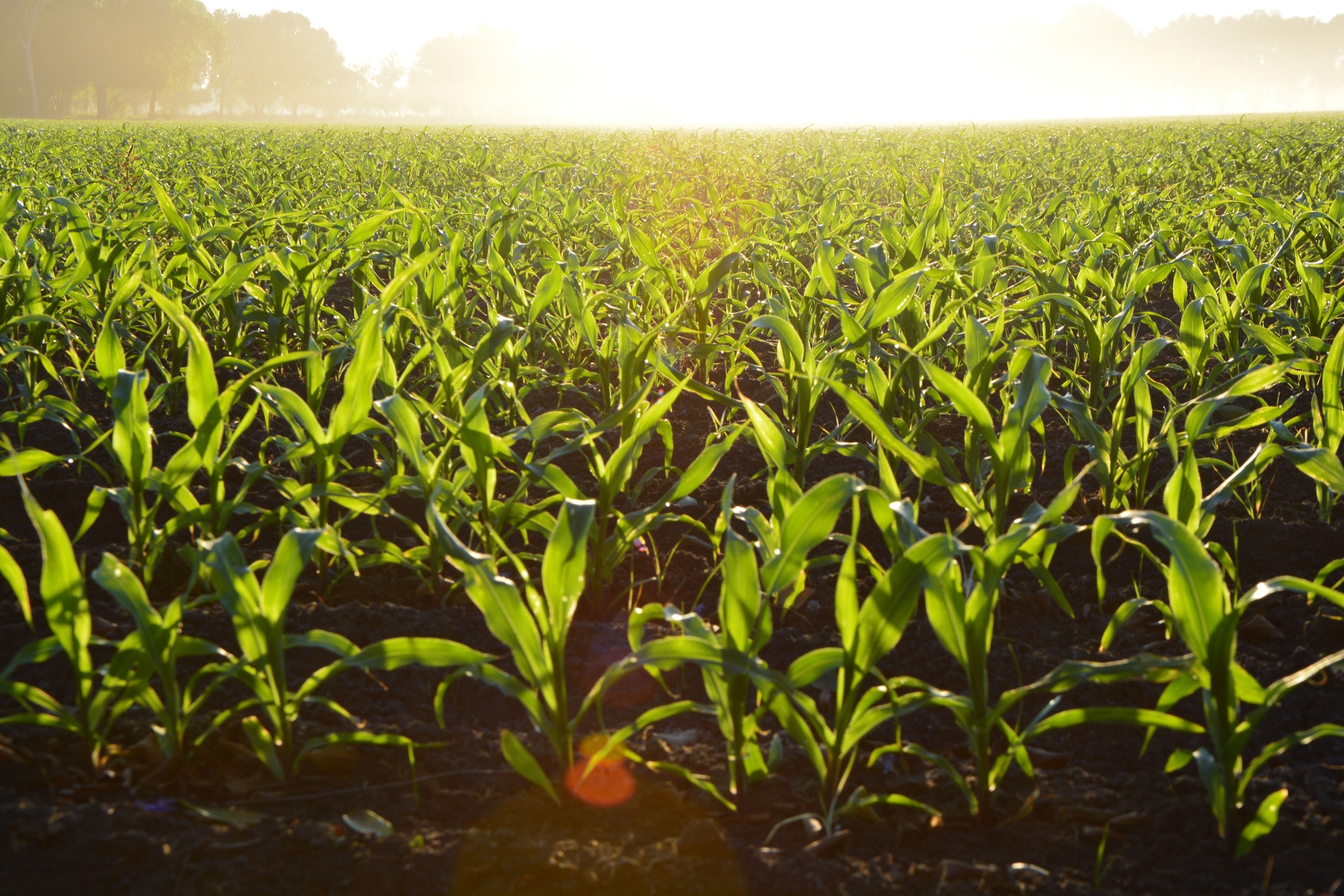
Health & Medicine
Five things about...Poo

An international study has calculated how much good old-fashioned animal poo increases crop growth and reduces pollution, benefiting the bank balance and the environment
Published 23 August 2017
The old saying ‘waste not, want not’ applies to many situations in life, but maybe unexpectedly, it’s also pertinent when we’re talking about poo.
Putting animal waste onto soil has long-been accepted as a way to re-use and recycle it, but just how effective it is at increasing plant growth compared to synthetic or man-made fertilisers has not been well understood on a large, agricultural scale.

But now a team, led by Professor Deli Chen at the University of Melbourne, has analysed 141 studies where animal waste, including cattle, swine and poultry manure, was used on crops to replace part or all of synthetic nitrogen fertilisers.
The study, which saw Professor Chen and Dr Shu Kee Lam from the School of Agriculture and Food collaborate with Dr Longlong Xia and Dr Xiaoyuan Yan from the Chinese Academy of Sciences’ Institute of Soil Science, found there are benefits on the farm and beyond.
“Synthetic fertilisers are widely used because they supply plants with the available nitrogen they need to produce protein to grow, and to trap energy from the sun via photosynthesis,” says Professor Chen, who heads up the University’s Soil Research Group.

Health & Medicine
Five things about...Poo
“But global annual production of nitrogen from livestock manure reached around 100 million tonnes currently, so there is a lot of potential for agriculture.”
The study found that crop yields can be boost by 12.7 per cent when between half and three-quarters of synthetic fertiliser is replaced with animal waste. And boosting yields is more important than ever given the Earth’s population is estimated to reach 9.7 billion on 2050.
But the substitution also reduced nitrogen-based pollution in the form of gases and run-off when compared with synthetic fertiliser.
Using animal waste also led to better storage of carbon in the soils, which means less carbon is lost to the atmosphere as the greenhouse gas carbon dioxide.
Professor Chen and his colleagues suggest that substituting manure for fertiliser may promote the microorganisms in the soil to better immobilise or ‘lock up’ the nitrogen and carbon in the soil. This immobilised nitrogen would then be available across the growing season for the crop.
“We have all seen the images of the destruction from blue-green algae in our rivers. The cost to rectify this ecological disaster is enormous. Another well-known example is excessive nutrients from fertilisers running off into the Great Barrier Reef,” says Professor Chen.
Around 50 per cent of nitrogen applied to cropping farmland is lost to the environment, and that increases to around 70 per cent in cattle feedlots. This creates one of the biggest issues in agriculture today – nitrogen pollution.
These results emphasise the importance of adopting an appropriate substitution rate for producing higher yields with lower nitrogen pollution.

The team found that when manure is used instead of synthetic fertiliser, ammonia emission decreased by 27 per cent, nitrogen leaching into groundwater decreased by 29 per cent and nitrogen runoff also decreased by 26 per cent.
The manure also provides other nutrients such as phosphorous, potassium and essential micro nutrients for crops.
In addition to agronomic and environmental benefits, the use of animal waste to complement synthetic fertilisers is of huge financial benefit to food producers says Professor Chen.
But there are some restrictions. Some crops including grains and vegetables did not grow as well with a pure manure substitution, and Professor Chen found that these crops may need a little ‘kick start’ with synthetic nitrogen. But 75 per cent of fertiliser can still be based on animal waste.

Sciences & Technology
Silage: Rocket-fuel for cows
These results emphasise the importance of adopting the right manure substitution rate for producing higher yields with lower nitrogen pollution.
The next step for the team is to maximise the amount of nitrogen that can be recovered from animal waste.
In a previous study, they have already shown that adding brown coal to the animal waste reduces nitrogen loss in the form of ammonia. The results show that the nitrogen retained would have the fertiliser value of AUD$49 per cow per year. With an average feedlot having approximately 20,000 cattle, that would be equivalent to around one million Australian dollars each year.
The researchers will further test this technology - partnering with modern intensive dairies, piggeries and chicken farms on a AUD$7 million Cooperative Research Centre Projects grant.
“Here we are applying the motto ‘use it or lose it’. If we see animal waste as an industry resource, we can prevent it being lost to the environment.,” says Professor Chen.
Banner image: Malene Thyssen/Wikimedia